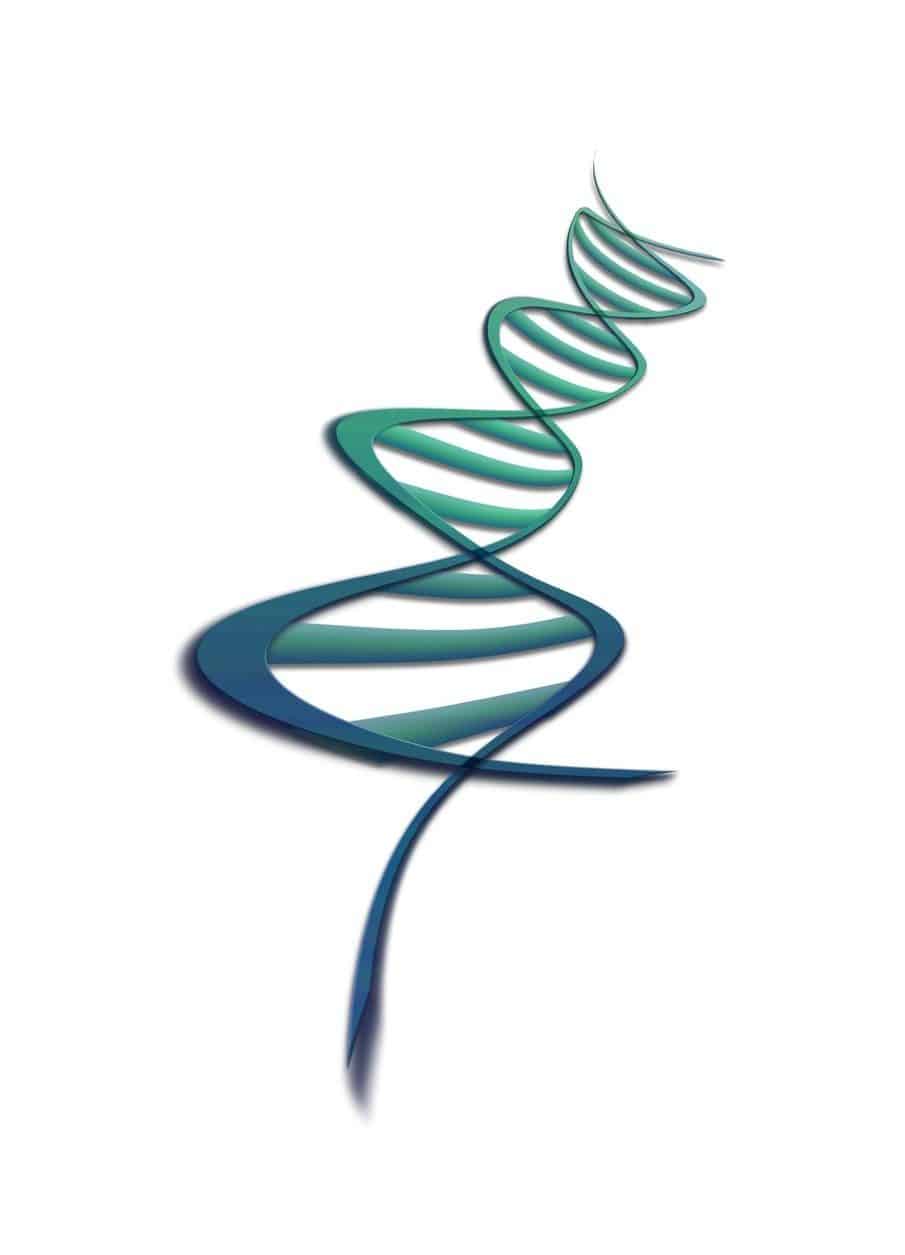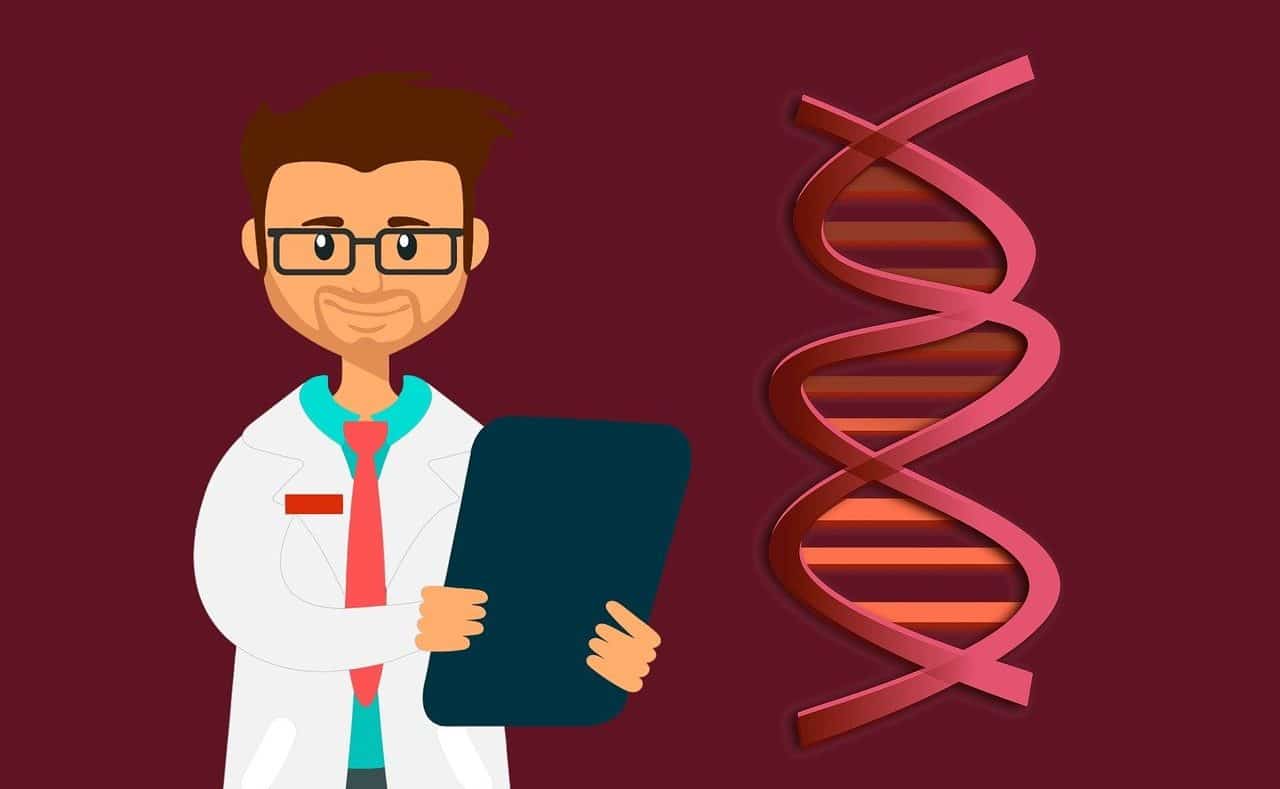
The link between alleles of the same gene is known as dominance and expresses the relationship between the dominant gene and the recessive gene.
A gene is a chain of DNA ( deoxyribonucleic acid ), a structure that is constituted as a functional unit in charge of the transfer of hereditary traits . The gene, according to experts, is a series of nucleotides that stores the information required to synthesize a macromolecule that has a specific cellular role.
As a unit that preserves genetic data, the gene is responsible for transmitting inheritance to descendants . The set of genes belonging to the same species is defined as a genome , while the science that analyzes it is called genetics .
Gene functions
The task of genes is very complex. This DNA sequence is essential to ensure that functional RNA can be synthesized. Gene transcription produces an RNA ( ribonucleic acid ) molecule that is then translated on ribosomes and generates a protein . There are genes, however, that are not translated into proteins and that fulfill other roles in the form of RNA .
It is interesting to keep in mind that genes that, due to mutation or reorganization processes, become functional are called pseudogenes . These can contribute to the evolution of a species since its DNA accepts mutations and can generate new functions.
Diploid organisms have two pairs of homologous chromosomes. Each block comes from one of the parents . In addition, each pair of chromosomes has copies of each of the genes (that is, one from the progenitor and one from the maternal part).

The genetic information of a specific organism is called a genotype, while the phenotype is the expression of a genotype according to a certain environment.
Its incidence in diseases
Genes also affect the development of diseases . A variation in its sequence can cause what is known as a genetic disease , which is hereditary .
To cure diseases, the international community works on the Human Genome Project , which attempts to sequence the chemical bases that make up DNA and identify all the genes in the human genome.
Hereditary diseases depend on an autosomal or sex chromosome that is already affected. It is called dominant inheritance when an abnormal gene belonging to one of the parents can cause a disease, even when joining with a normal gene from the other parent; This means that in a pair where one of the genes is abnormal , it functions as dominant, canceling out the other.
Sexual diseases are transmitted to children through the sex chromosomes, that is: person who has the abnormal This responds to what we said above about dominant inheritance, where an abnormal gene is the driver of a disease and dominates in its chromosome the pair to which it is linked , even if the other is normal .
On the other hand, what occurs when to develop a disease requires that both genes within the pair be abnormal; If one of the two is abnormal, the disease will not be present or will be present in a mild degree ; The person born from that union, however, will be a carrier of said disease and will be able to transmit it to their descendants.

Epigenetics analyzes the regulation of gene expression without a change in the DNA sequence.
Traits and genes
Genes are organized into strands of DNA and they represent the various chromosomes. An analogy could be drawn between the way DNA is located and the beads on a necklace. Regarding the chromosomes, they are divided into pairs where each one is a copy of a specific gene that is found in the same position on the different chromosomes.
For example, with regard to sexual organs, a woman has a sex chromosome for the formation of which a gene from the mother and another from the father were used in pairs. In the case of men, they have a Y chromosome from the unpaired father and an X chromosome from the mother.
When it comes to genetic traits, be it eye color, nose shape, etc., they are determined by dominant or recessive genes. Dominant traits are said to be controlled by a specific gene found in the pair, while recessive traits require both genes that form a pair to collaborate to determine it.
It is worth mentioning that there are many characteristics of a person that are determined by various genes, which explains why in a family of several siblings there can be so many physical differences .
Cloning
Cloning is a form of asexual reproduction that involves the development of an exact copy of an organism from its DNA . Genetic engineering usually uses the nuclear transfer of somatic cells to carry out this technique.
Currently, the use of cloning in humans for therapeutic purposes continues to be studied. In any case, there are ethical dilemmas associated with this type of reproduction.
